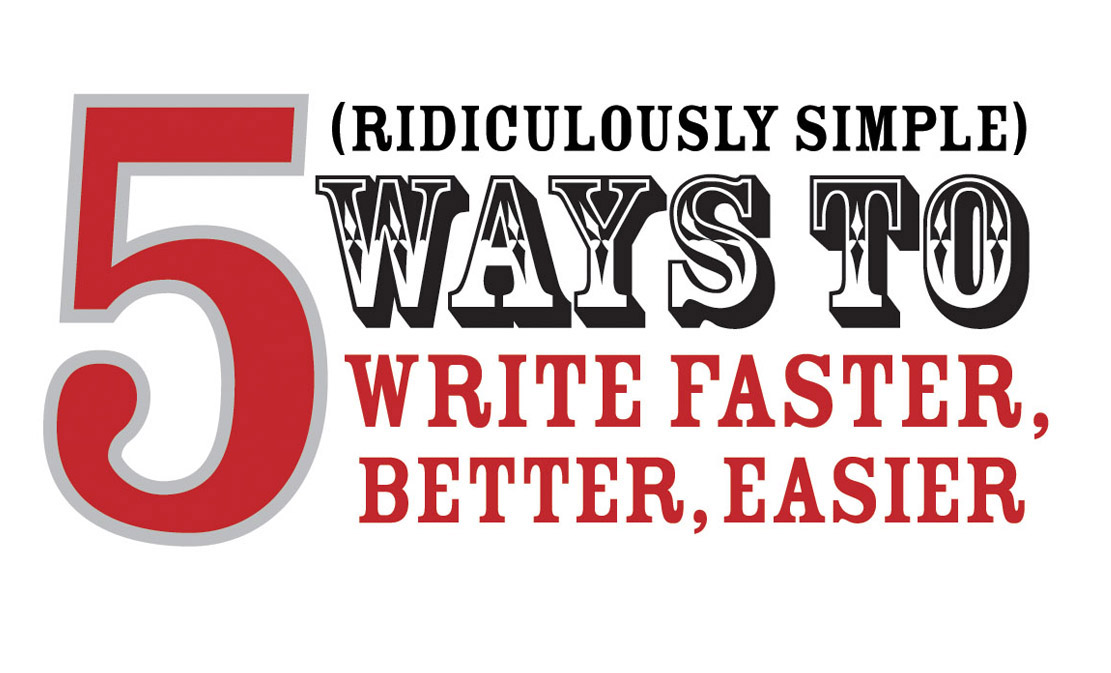How to Detect Gobbledygook in Your Content
 Wednesday, June 2, 2010 at 08:11AM
Wednesday, June 2, 2010 at 08:11AM Imagine reading this:
“We are pleased to announce our new, easy to use and improved cutting-edge technology leverages innovative, robust and high-performance outcomes while uniquely positioning us to focus on world-class partnerships. Next generation outcomes are easily scalable and flexible up to 120 percent.”
Huh? Say that again?
That makes absolutely no sense at all
That’s right.
That’s because you’ve just been clobbered by a bunch of “gobbledygook.”
What is gobbledygook?
Gobbledygook is text or jargon in the English language that is filled with clichés and words that are over-used. Gobbledygook are words that are hard to understand or impossible to understand.
The name “gobbledygook” was coined by U.S. Representative Maverick in 1944 as a reaction to his frustration in the language often used by his fellow bureaucrats– a language that was convoluted and confusing to others. Maverick thought “gobbledygook,” a play on words from the sound of a turkey’s gobble, would accurately describe the nonsensical language his colleagues were using.
Who uses gobbledygook?
Just about everyone slips in some gobbledygook when they communicate. The worst part of it all? We usually don’t even realize we’re using these over-used words.
Why do people use gobbledygook?
People use gobbledygook language for several main reasons:
• We assume the audience understands our jargon
• We deliberately try to confuse the audience
• We know what we want to say but can’t say it clearly
• We want to impress others
What’s wrong with using gobbledygook?
Using gobbledygook language prevents your ideas from connecting with your audience. Connecting with your audience so they understand what you are communicating is the goal in all communications. If your audience sees gobbledygook in your communications– they’ve just hit the “gobbledygook wall.”
How can you remove the “gobbledygook wall?”
Removing the “gobbledygook wall” is incredibly easy.
HubSpot and marketing strategist David Meerman Scott joined forces to develop the Gobbledygook Grader. The Gobbledygook Grader analyzes and identifies the most over-used, meaningless and clichéd words in your content.
All you need to do is copy your content into the Gobbledygook Grader. Then– shazam! You get an instant analysis of the words that are considered gobbledygook.
Gobbledygook Grader also grades your content; 100 being the best score. And, yes, the grader is free to use.
Here’s an example
When I entered the content from one of my recent articles, the grader graded my content 88. Not bad, but it found the following words as gobbledygook: flexible, optimize, relationship management, unique. Knowing these words are over-used, I can go back to my article and revise it to make it more word-friendly for readers.
The example at the beginning of this article was graded 55. Oops. Too much gobbledygook, don’t you think?
What if your industry or company regularly uses gobbledygook?
If your industry or company regularly uses clichés, try doing this simple test.
Use the Gobbledygook Grader to grade your upcoming article or content. Rewrite your content without the clichés and over-used phrases. Share the two articles with a few potential readers. See which one they prefer.
It’s easy to get rid of gobbledygook
If you think clichés and meaningless words are sneaking their way into your content, take a second and run your copy through the Gobbledygook Grader.
Got to HubSpot's Gobbledygook Grader. Enter the text of your article, speech, email or whatever you’d like to check for gobbledygook. The closer you score to 100, the less gobbledygook you have in your content. Go ahead and de-gobbledygook your content– your audience will thank you for it.
Want to learn more?
Read David’s free “Gobbledygook Manifesto.”


